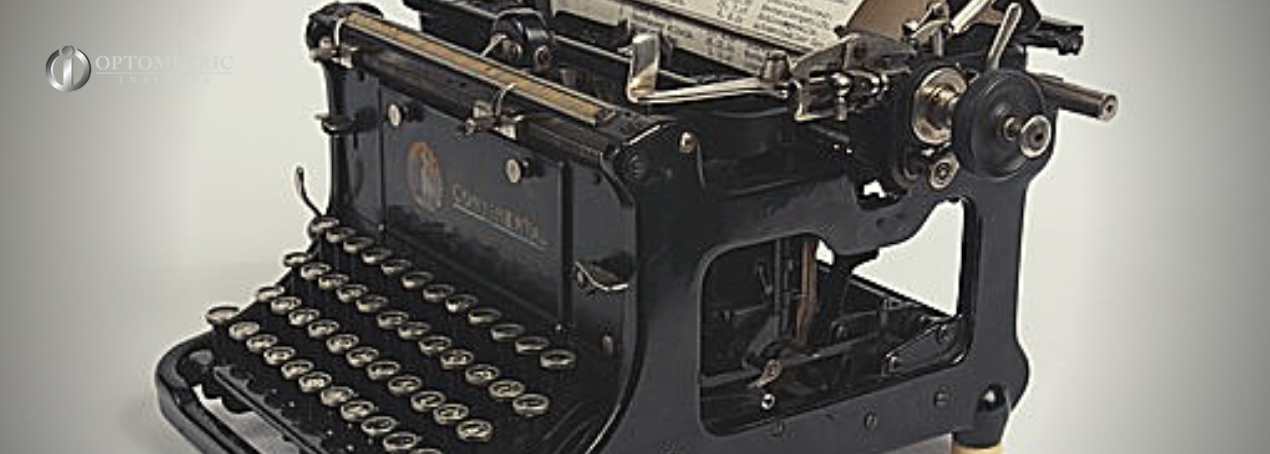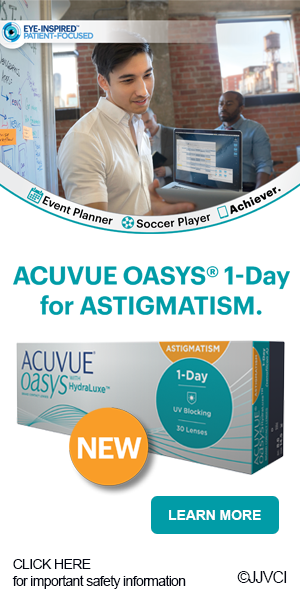Planned obsolescence is knowing the shelf life of something so that you can set up a replacement schedule and replace it with something else.
It used to be that grandparents would pass down furniture or delicate items on which they had spent their hard-earned money; we would keep items for years, because the quality was so high that they seemed to last forever. Today, if we don’t like something that is old, we bypass it and go for something of lesser quality that is new, all the while realizing that it will “expire” in a short while. Face it, craftsmanship is an obsolete term.
In eye care, we want some things to have a planned replacement period; but with other things, we expect them to last longer. The following is Dr. Kading’s story of buying an anterior segment camera five years ago:
It was one of the really good ones that came with the slit lamp and was an all-in-one unit. I spent a fortune. I do enough writing and lecturing to know that I wanted to get something top notch. The camera was fantastic and worked exactly as advertised; however, recently a window popped up that stated that the software needed to be updated. I called the company and was told that I indeed needed to pay the company to update the software. Despite wanting to keep it the way that it was because it was working fine, the pop-up window was going to keep appearing. And, no update to the computer could be made until I paid for it. While I understand the business model, that planned obsolescence will keep me from ever doing business with them again.
Not Always Bad
Other areas of eye care are benefiting from planned obsolescence. It used to be that quarterly and annual replacement soft lenses were a norm, but not anymore. There are now lenses that are healthier and better for the eyes. The drawback: they do not hold up as well or as long as quarterly and annual lenses. The outcome: patients have access to daily disposable (DD) lenses that are top notch. DD lenses can have surface treatments that withstand a daily barrage from both the eyelids and their wearers being on a computer all day. However, they need to be replaced frequently.
Some patients show up with GP lenses that they have had for five years. The lens fit looks good, but the lenses are thick. These lenses “of old” have lower levels of oxygen transmissibility. Newer lenses are able to be manufactured thinner, but their downside is that they do not last as long. We suggest that our patients replace their GP lenses on a yearly basis to preserve their eyelids. These amazing materials and designs are healthy, but practitioners need to convince their patients to replace them more often. Yes, they have planned obsolescence.
Planned obsolescence comes at a price. For contact lenses, it means getting something better and healthier that doesn’t last as long. For technology, it means that software updates will force us to get “improvements” whether we want them or not. For ophthalmic equipment, planned obsolescence allows manufacturers to make things at a less expensive price, but they might not last as long.
The Verdict
Planned obsolescence is the new normal for all of us. When it allows for better patient care, we are all for it; but, when it is for corporate gain at the expense of practitioners or patients, we are not fans. Fight back and buy quality products, even if the price is a little higher. Otherwise, the craftsmanship that manufacturers have brought to patients will become obsolete. CLS





